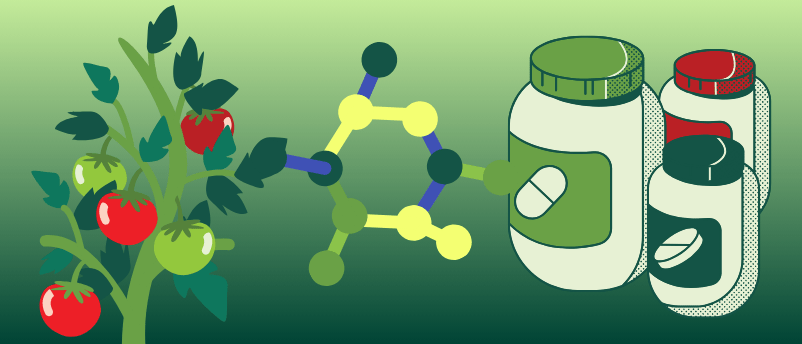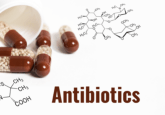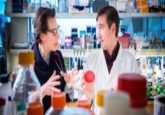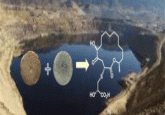Are nanoplastics contributing to antibiotic resistance?

Computational simulations and in vitro testing reveal how common nanoplastics interact with antibiotics, forming aggregates that may affect drug efficacy and contribute to resistance.
An international collaboration of researchers has investigated how nanoplastics that enter the body interact with a common broad-spectrum antibiotic, called tetracycline. Their findings indicate that these tiny plastic molecules absorb the antibiotic, making them less effective and increasing the risk of antibiotic resistance.
Nanoplastics are small particles derived from types of plastics, including polyethylene, polypropylene, polystyrene and nylon, which are commonly in packaging and textiles. The particles’ small size means that they can float in the air, infiltrating indoor spaces at a five-times-higher concentration than outdoor spaces. To further understand the effects of nanoplastics on biologically active compounds, the researchers utilized chemical computation to characterize antibiotic–nanoplastic particle interactions.
The team tested the adsorption of tetracycline on polyethylene, polypropylene, polystyrene and nylon via two different approaches using advanced computer models. To generate relevant conformations of the antibiotic–nanoplastic aggregates, they first tried simulating the folding of the plastic particle in the presence of the antibiotic; they then tested how a pre-folded particle would interact with the drug when placed at its surface in various orientations. Finding that the first approach resulted in lower energy conformations, they were able to conduct quantum chemical calculations revealing the adsorption energy for each plastic.

Are cyclic peptides the future of drug design?
In this interview from ELRIG Drug Discovery 2024, we spoke to David Craik to learn more about cyclotides, how they can be sustainably produced and their potential in drug development.
They found that nylon had the greatest affinity for tetracycline, followed by polystyrene, polypropylene and polyethylene. These nanoplastics were then tested on in vitro tetracycline-sensitive cell lines, demonstrating that the biological activity of tetracycline significantly decreases in the presence of polystyrene particles. To test whether these interactions would still occur in environments more similar to the body, they simulated the interactions in water, finding that the aggregates persisted.
The researchers are concerned that this taking up of antibiotics by nanoplastics could derail antibiotics traveling to their target within the body. Instead, by binding to the nanoplastics, the antibiotics could get swept into the bloodstream and distributed to other parts of the body that don’t require antibiotic intervention. This would not only reduce the desired effects of the antibiotic against its bacterial target, but also has the potential to spur bacterial mutations in areas unintended for the antibiotic, which would enable the growth of antibiotic-resistant bacteria.
“Although more research is needed to shed light on the connections and possible measures, we can conclude from our results that nanoplastics are a health risk that should be taken more seriously,” concluded Lukas Kenner (Umeå University, Sweden), co-senior author of the study.





